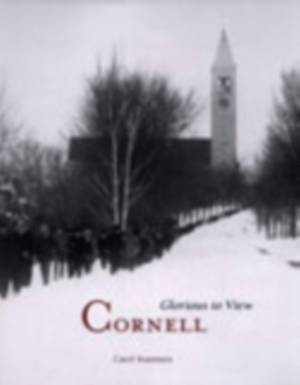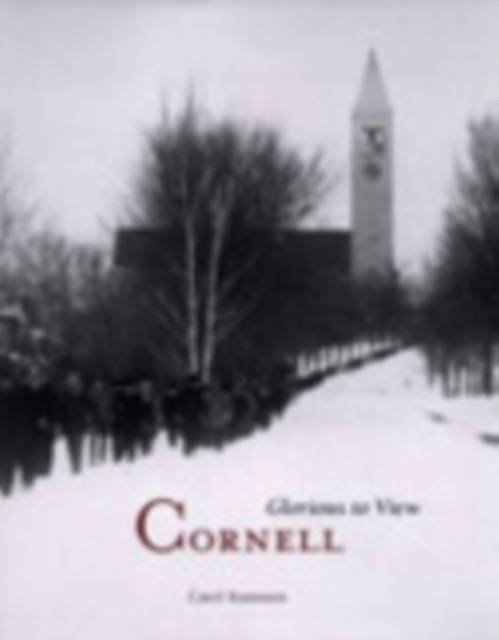
- Retrait gratuit dans votre magasin Club
- 7.000.000 titres dans notre catalogue
- Payer en toute sécurité
- Toujours un magasin près de chez vous
- Retrait gratuit dans votre magasin Club
- 7.000.0000 titres dans notre catalogue
- Payer en toute sécurité
- Toujours un magasin près de chez vous
Description
The steep hills and dramatic gorges of Ithaca were the setting for a revolution in American education when, in the 1860s, a self-made man sought "to do the most good... to the poor and to posterity." Ezra Cornell's philanthropy, enhanced with funds from the Morrill Land Grant Act and enlarged by the vision of educator Andrew Dickson White, created what has been called the first American university--'a modern, democratic, research-oriented institution open to young men and women of all creeds and races. Reflecting the ideas of its founders, Cornell University has combined the industrial science and technology of America with the humanism of Athens to serve both the individual and society.In her concise, generously illustrated account of Cornell, Carol Kammen places that bold vision in its nineteenth-century context--a time when higher education was restricted to a privileged few. Now the university enters the twenty-first century as an institution of international stature and a leader in educational opportunity.Kammen, a noted local historian and lecturer in history at Cornell, tells the story of this great university with verve. Highlighting the text are excerpts from important documents and images from archives in the Cornell Library's Division of Rare and Manuscript Collections, selected by Susette Newberry, a Cornell archivist specializing in photography and media studies. Together, words and images illustrate the growth of the university, the origins of its famous schools and colleges, and its enduring commitment to excellence in education.
Spécifications
Parties prenantes
- Auteur(s) :
- Editeur:
Contenu
- Nombre de pages :
- 264
- Langue:
- Anglais
Caractéristiques
- EAN:
- 9780935995039
- Date de parution :
- 15-11-03
- Format:
- Livre relié
- Format numérique:
- Genaaid
- Dimensions :
- 220 mm x 274 mm
- Poids :
- 1265 g

Les avis
Nous publions uniquement les avis qui respectent les conditions requises. Consultez nos conditions pour les avis.






